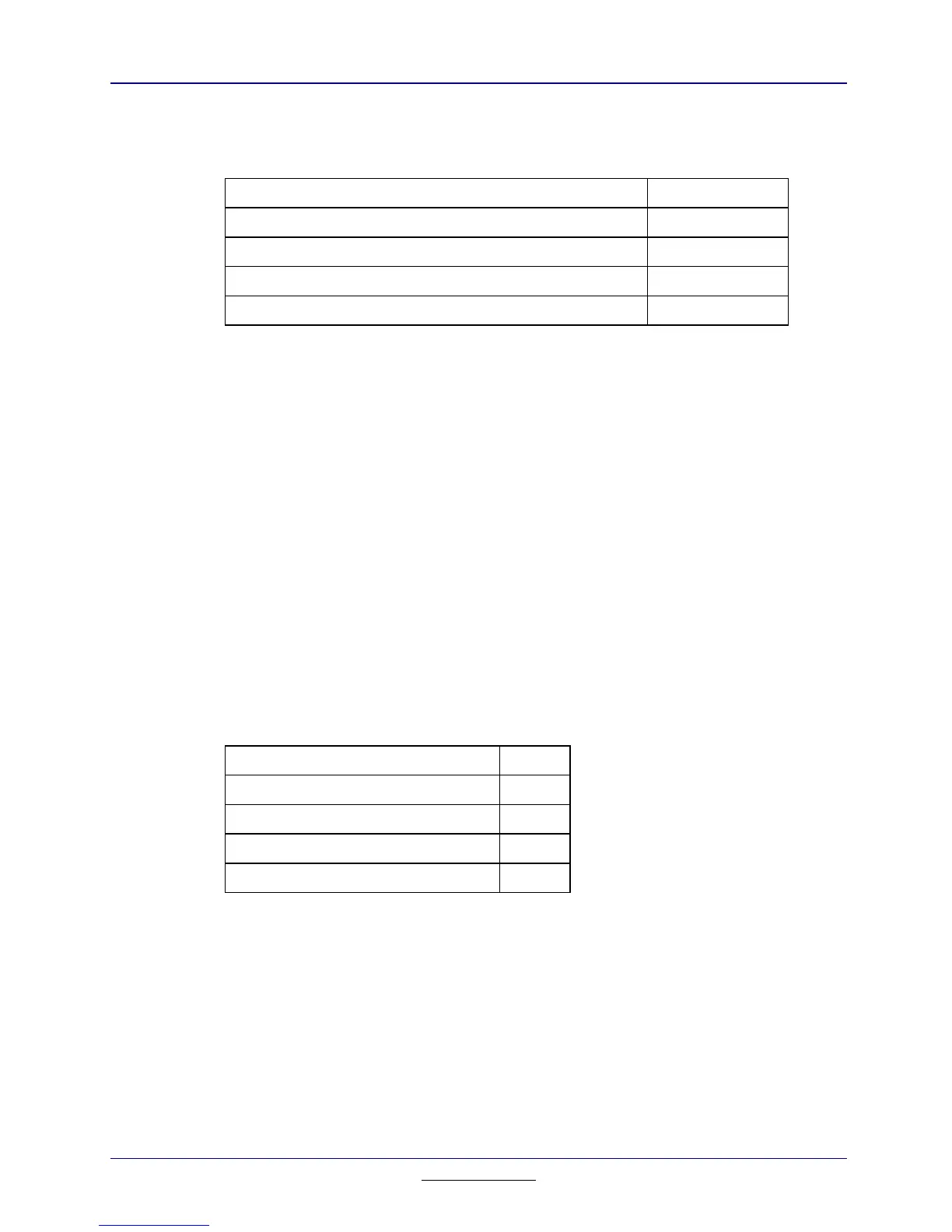148
Chapter 14: Data Types
TI
-
89 / TI
-
92 Plus Developer Guide
Not for Distribution
Beta Version January 26, 2001
14.1.3. Floating-Point Numbers
Description Bytes
Data length of FP number 2
Exponent/sign 2
➊
BCD mantissa value (MSD at lowest address) 7 (MSD->LSD)
FLOAT_TAG 1
Table 14.4: Data Object for a Floating-Point Number
➊
Bit 7 of the most significant (lower address) Exponent/Sign byte is the mantissa sign. The
remaining 15 bits represent the exponent and exponent sign (0x4000 = exponent of 0,
0x3FFF = exponent of -1, 0x4001 = exponent of +1).
14.1.4. All Other Tags Not Listed Here
In general, an expression is any statement that starts with a tag not listed below.
That is anything that is not a list, matrix, function, program, picture, string, text,
graph database, assembly language program, or a third party data type (FILE).
The preceding three types (integers, fractions, and floating-point numbers) are
only special cases of expressions.
14.2. List
A list is a collection of expressions. A list may only contain expressions and
nothing else.
Description Bytes
Data length of list 2
END_TAG 1
Expressions (1 per element of list) variable
LIST_TAG 1
Table 14.5: Data Object for a List

